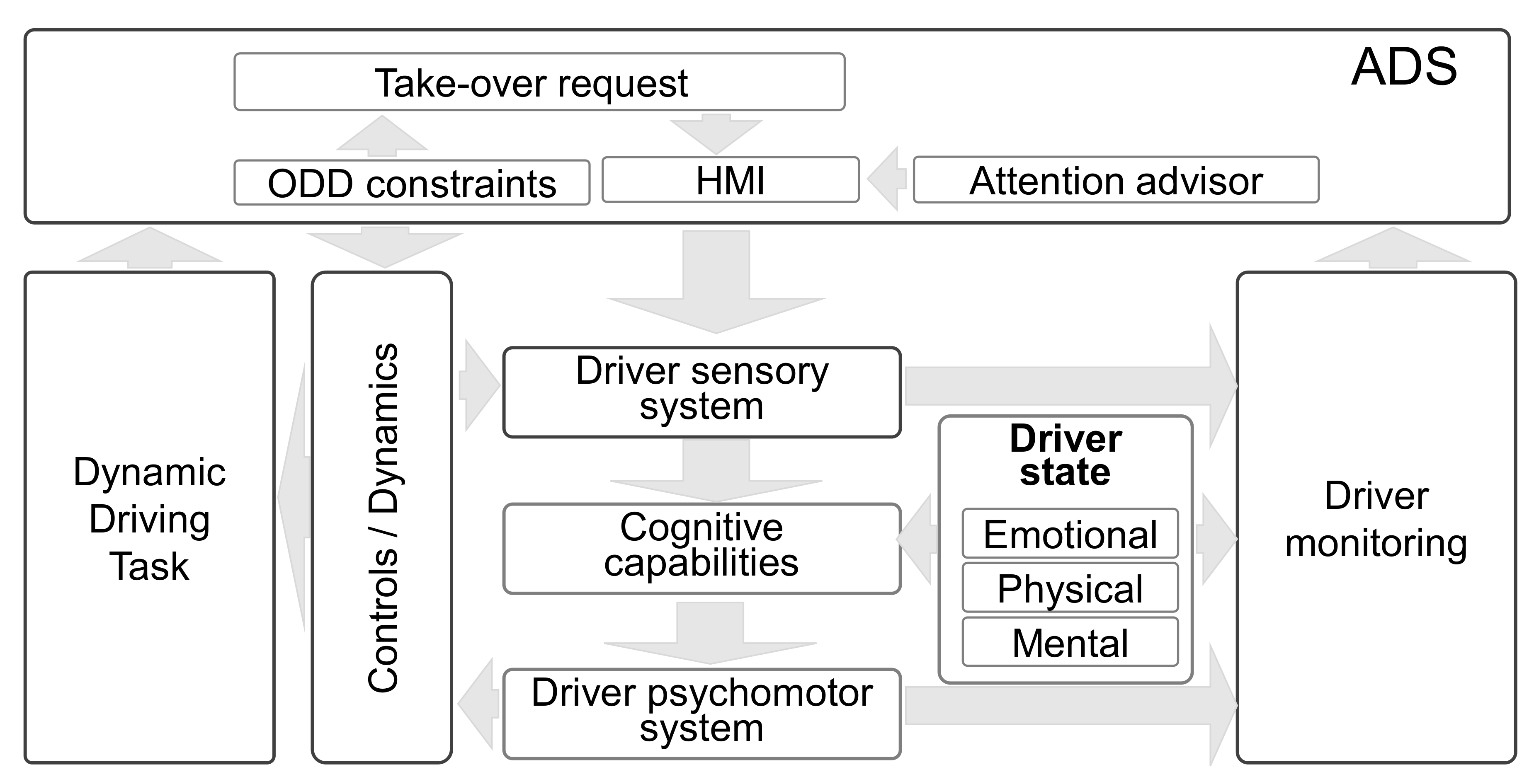

A radiology information system (RIS) is a networked software system for managing medical imagery and associated data. A RIS is especially useful for tracking radiology imaging orders and billing information, and is often used in conjunction with PACS and VNAs to manage image archives, record-keeping and billing. A RIS has several basic functions. Concurrent DOS 286, Concurrent DOS 68K and FlexOS were designed by Francis 'Frank' R. Holsworth (using siglum FRH). Like Portable CP/M, Concurrent DOS 286, Concurrent DOS 68K and Concurrent DOS V60, FlexOS was written in C for higher portability across hardware platforms, and it featured very low interrupt latency and fast context switching. Computer Software RIS abbreviation meaning defined here. What does RIS stand for in Computer Software? Get the top RIS abbreviation related to Computer Software. Flavobacterium psychrophilum is the causative agent of bacterial cold water disease (BCWD), which affects a variety of freshwater-reared salmonid species. A large-scale study was performed to investigate the genetic diversity of F. Psychrophilum in the four Nordic countries: Denmark, Finland, Norway, and Sweden. Multilocus sequence typing of 560 geographically and temporally disparate F.

Ris Informatique Driver License
- IEEE Computer Society (2011) IEEE standard for information technology—telecommunications and information exchange between systems and local and metropolitan area networks—specific requirements—part 15.4: wireless medium access control (MAC) and physical layer (PHY) specifications—amendment 6: wireless access in vehicular environments, Technical report, IEEE Computer SocietyGoogle Scholar
- ITS Standards Advisory (2003) Dedicated short range communications http://www.standards.its.dot.gov/Documents/advisories/dsrc_advisory.htm
- Ni S, Tseng Y, Chen Y, Sheu J (1999) The broadcast storm problem in a mobile ad hoc network. Proc ACM Mobicom, pp 151–162Google Scholar
- Parker R, Valaee S (2007) Vehicular node localization using received-signal-strength indicator. IEEE Trans Veh Technol 56(6):3371–3380CrossRefGoogle Scholar
- Elnahrawy E, Li X, Martin RP (2004) The limits of localization using signal strength: a comparative study. In: Proceedings of IEEE communications society conference on sensor and Ad Hoc communications and networks, IEEE SECON 2004. doi:10.1109/SAHCN.2004.1381942, pp 406–414
- Basagni S (1999) Distributed clustering for ad hoc networks. In: Proceedings of international Symposium on parallel architectures, algorithms and networks, I-SPAN 99Google Scholar
- Gerla M, Tzu-Chieh Tsai T (1995) Multicluster, mobile, multimedia radio network. J Wireless Netw 1(3):255–265CrossRefGoogle Scholar
- Matsuda S, Koike H, Okada H (2000) Vehicular information broadcasting relay (VIBROR) protocol for inter-vehicle-communications. In: Proceedings of 52nd IEEE vehicular technology conference, VTC 2000, vol 4. doi:10.1109/VETECF.2000.886163, pp 2005–2010
- Alshaer H, Horlait E (2004) Emerging client-server and ad-hoc approach in inter-vehicle communication platform.In: Proceedings of 60th IEEE vehicular technology conference, VTC 2004, vol 6. doi:10.1109/VETECF.2004.1404819, pp 3955–3959
- Campelli L, Cesana M, Fracchia R (2007) Directional broadcast forwarding of alarm messages in vanets. In: Proceedings of IEEE conference on wireless on-demand network system, WONS 2007. doi:10.1109/WONS.2007.340488, pp 72–79
- Korkmaz G, Ekici E, Ozguner F, Ozguner U (2004) Urban multi-hop broadcast protocol for inter-vehicle communication systems.In: Proceedings of 1st ACM international workshop on vehicular ad hoc networks VANET 2004. doi:10.1145/1023875.1023887, pp 76–85
- Liu C, Chigan C (2008) RPB-MD: A novel robust message dissemination method for VANETs. Proceedings of IEEE global telecommunication conference, Globecom 2008. doi:10.1109/GLOCOM.2008.ECP.130, pp 1–6
- Osafune T, Lin L, Lenardi M (2006) Multi-hop vehicular broadcast (MHVB). In: Proceedings of the international conference on ITS telecommunications, pp 757–760Google Scholar
- Sobrinho JL, Krisnakumar AS (1999) Quality of service in ad-hoc carrier sense multiple access wireless networks. IEEE J Sel Areas Commun 17:1353–1368CrossRefGoogle Scholar
- Alshaer H, Horlait E (2005) An optimized adaptive broadcast scheme for inter-vehicle communication.In: Proceedings of the 61st IEEE vehicular technology conference, VTC 2005 Spring, vol 5. doi:10.1109/VETECS.2005.1543865, pp 2840–2844
- Chiasserini C, Gaeta R, Garetto M, Gribaudo M, Sereno M (2006) Efficient broadcasting of safety messages in multi-hop vehicular networks. In: Proceedings of the parallel and distributed processing Symposium, IPDPS 2006Google Scholar
- Chiasserini C, Fasolo E, Furiato R, Gaeta R, Garetto M, Gribaudo M, Sereno M, Zanella A (2005) Smart broadcast of warning messages in vehicular Ad Hoc networks.In: Proceedings of workshop Interno Progetto NEWCOMGoogle Scholar
- Fasolo E, Zanella A, Zorzi M (2006) An effective broadcast scheme for alert message propagation in vehicular Ad Hoc networks. In: Proceedings of the international conference on communication, ICC 2006. doi:10.1109/ICC.2006.255700, pp. 3960–3965
- Abul Magd AY (2007) Modelling highway-traffic headway distributions using super statistics. Phys Rev 76(2):0Google Scholar
- Chen W, Cai S (2005) Ad hoc peer-to-peer network architecture for vehicle safety communications. IEEE Commun Mag 43:100–107CrossRefGoogle Scholar
- Chisalita I, Shahmehri N (2002) A peer-to-peer approach to vehicular communication for the support of traffic safety applications. In: Proceedings of the 5th international conference on intelligent transportation system, pp 336–341Google Scholar
- Reumerman H, Roggero M, Ruffini M (2005) The application-based clustering concept and requirements for inter vehicle networks. IEEE Commun Mag 43:108–113CrossRefGoogle Scholar
- Zhao J, Zhang Y, Cao G (2007) Data pouring and buffering on the road: a new data dissemination paradigm for vehicular ad hoc networks. IEEE Trans Veh Technol 56(6):3266–3276CrossRefGoogle Scholar
- Xu B, Ouksel A, Wolfson O (2004) Opportunistic resource exchange in inter-vehicle ad hoc networks. In: Proceedings of the IEEE international conference on mobile data management. doi:10.1109/MDM.2004.1263038, pp 4–12
- Zhao J, Cao G (2008) VADD: vehicle-assisted data delivery in vehicular ad hoc networks. IEEE Trans Veh Technol 57(3):1910–1922MathSciNetCrossRefGoogle Scholar
- Wu H, Fujimoto R, Guensler R, Hunter M (2004) MDDV: a mobility-centric data dissemination algorithm for vehicular networks. In: Proceedings of the ACM international workshop on vehicular ad hoc networks, VANET 2004. doi:10.1145/1023875.1023884, pp 47–56
- Barsocchi P, Oligeri G, Potortì F (2007) Frame error model in rural Wi-Fi networks. In: Proceedings of the international Symposium on modeling and optimizationGoogle Scholar
- Gazis DC (2002) Traffic theory. Kluwer Academic Publishers, BerlinGoogle Scholar
- Mannering FL, Washburn S, Kilareski WP (2008) Principles of highway engineering and traffic analysis, 4th edn. Wiley, New YorkGoogle Scholar
- Ahmed KI (1999) Modeling drivers’ acceleration and lane changing behavior. PhD thesis, Massachusetts Institute of TechnologyGoogle Scholar
- Nagatani T (2002) The physics of traffic jams. J Rep Prog Phys 65(9):1331–1386CrossRefGoogle Scholar

